A cutting edge city like Austin has much to offer to its visitors, and it even boasts the unofficial slogan "Keep Austin Weird." Visit these thought-provoking attractions and see how Austin even takes a unique approach to something as basic as a day at the museum!
Bullock Texas State History Museum
Discover the tale of Texas at the Bullock Texas State History Museum. Located a few blocks from the Texas State Capitol building, this museum showcases the pride and history of the Lone Star State. You'll be captivated from the moment you're greeted by the 35-foot-tall bronze star sculpture that sits at the entrance to the museum. The cutting-edge Texas Spirit IMAX Theater will keep you on the edge of your seat, as it shows educational films that showcase state-of-the-art special effects. Be sure to check the museum's calendar for upcoming special events, which are sure to excite and amaze.
Museum of the Weird
Austin is openly proud to be unique, and this is very apparent at the Museum of the Weird. The museum is located right on Sixth Street in the heart of the city, and visitors can see strange and unusual items on a tour through some of the oddest pieces of recent history. Creep through twisted hallways, passing wax statues and giant movie monsters. You never know what will pop up next, and this museum will have your mouth on the ground and your brain in a tizzy. After your tour is over, be sure to stop by the gift shop and pick up a souvenir to commemorate this truly weird trip.

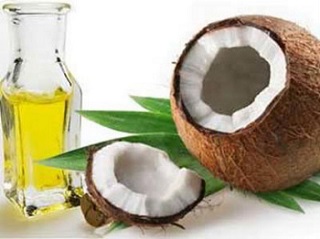
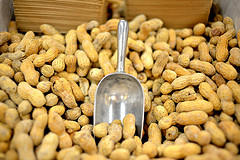



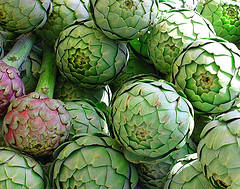

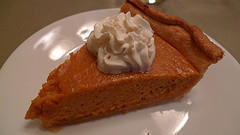
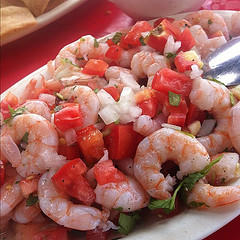
 Equal Housing Opportunity
Equal Housing Opportunity